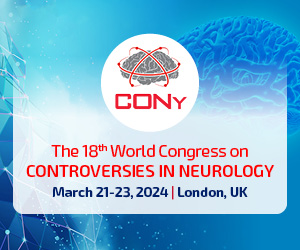Hemicraniectomy and hypothermia in the treatment of ischaemic stroke
 Affiliation and address for correspondence
Affiliation and address for correspondenceStroke constitutes the third cause of deaths and the most frequent cause of disability of patients above 40 years old. The malignant middle cerebral artery infarction is associated with high mortality when standard treatment is applied, so the new methods of treatment are searched. Apart from pharmacological treatment the surgical treatment and hypothermia are recommended lately. Hemicraniectomy is a surgical method of treatment where a part of cranium is removed what decreases the intracranial pressure. The analysis of three European randomised clinical trials suggests that hemicraniectomy performed within 48 hours after stroke significantly reduced mortality and improved functional outcome in patients after a surgical decompression. Hypothermia is a condition in which body temperature drops below 35.0°C. It is suggested that only mild hypothermia can give the neuroprotective effect. It means that the temperature of the body should be hold between 34-32°C. Some clinical trials showed that mild hypothermia used during 72 hours after stroke can reduce mortality up to 44%. In the last decade some randomised clinical trials have shown that hemicraniectomy and mild hypothermia are effective in the malignant middle cerebral artery (MCA) territory infarction and significantly reduce mortality and disability in patients with brain oedema. There is however not enough data so far and more randomised controlled clinical trials are needed to confirm the efficacy of those methods of stroke treatment.








